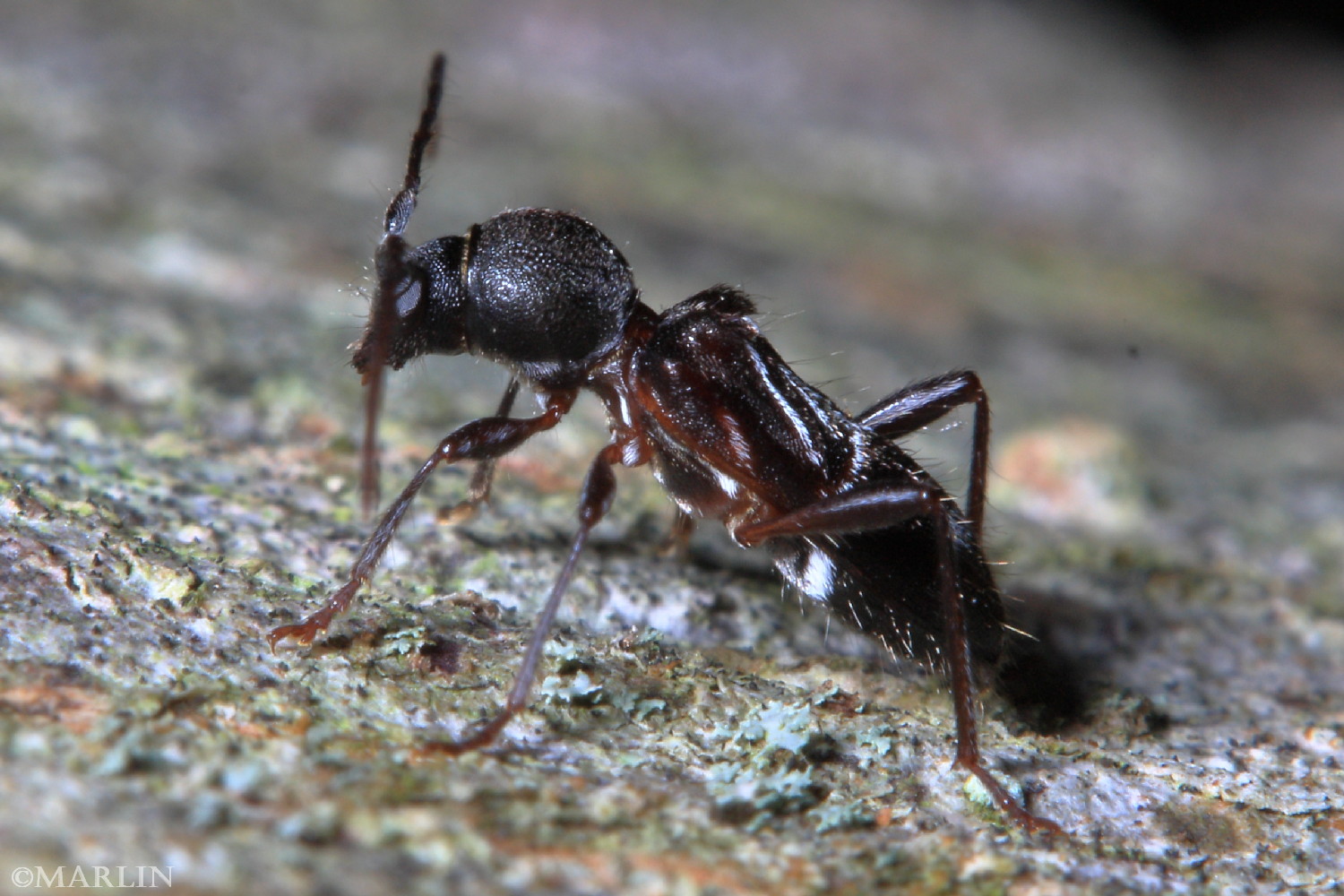Longhorned Beetle – Cyrtophorus verrucosus
Family: Cerambycidae – Longhorn Beetles
Live beetles photographed at Ogle County, Illinois. Size: 7mm
With over 20,000 species described, Cerambycidae is a large family. Many are serious pests, with the larvae boring into wood, where they can cause extensive damage to either l trees or untreated lumber. A number of species mimic ants, bees, or wasps (see Locust Borer), though a majority of species are cryptically colored. The giant long-horned beetle Titanus giganteus, from northeastern South America is one of the largest insects extant, with a maximum known body length of just over 16 centimeters.
Most Cerambycidae larvae feed within dead, dying or even decaying wood, but some taxa are able to use living plant tissue. Girdlers (adults of the Onciderini, larvae of genera in the tribes Methiini, Hesperophanini and Elaphidiini) sever living branches or twigs, with the larvae developing within the nutrient-rich distal portion. The larvae of a few species move freely through the soil, feeding externally upon roots or tunneling up under the root crown. [3]
Most adult cerambycids, particularly the brightly colored ones feed on flowers and pollen, and as such can be important pollinators of some flowering plants. Other species consume sap, leaves, blossoms, fruit, bark or fungi. [3]
References
- Douglas Yanega, Field Guide to Northeastern Longhorned Beetles (Illinois Natural History Survey, 1996).
- Josef Nissley Knull, The long-horned beetles of Ohio: (Coleoptera: Cerambycidae)
- Bugguide.net, Longhorned Beetle – Cyrtophorus verrucosus
Beetles Main | Beetles Index | Longhorns | Leaf Beetles | Soldier | Blister | Lady | Scarab
Tree Encyclopedia / North American Insects & Spiders is dedicated to providing family-friendly educational
resources for our friends around the world through large images and macro photographs of flora and fauna.



